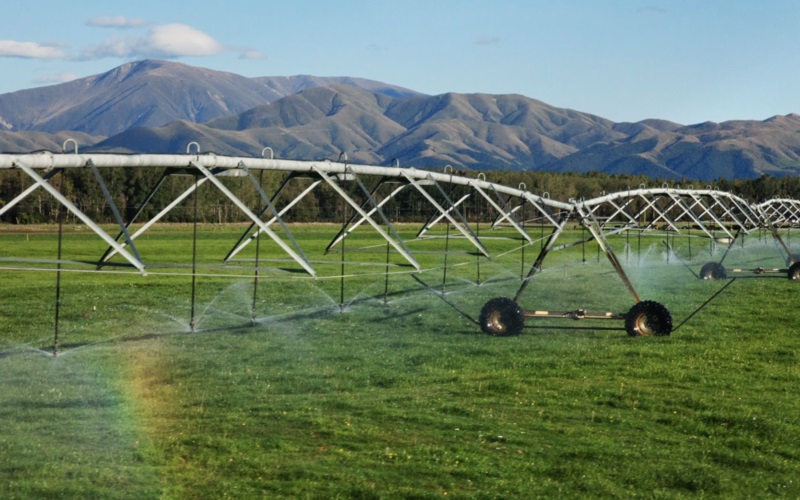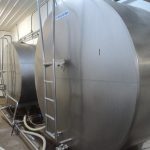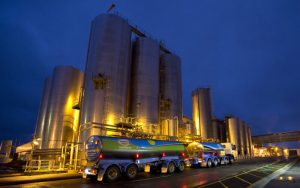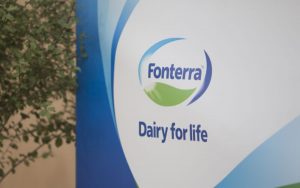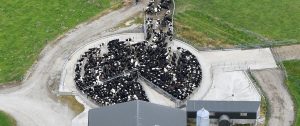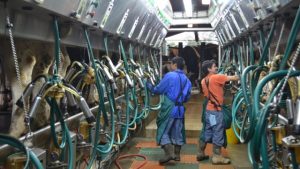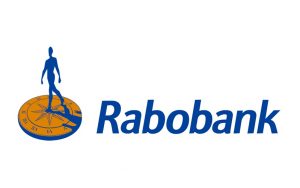
Reduction in nitrate leaching from pastures greater than anticipated, study finds.
A cap on nitrogen fertiliser application of 190kg/ha/year has reduced nitrogen leaching on South Island dairy farms, according to a new study.
The study, funded by the Our Land and Water Rural Professionals Fund, analysed 12 irrigated Canterbury farms and three Southland dairy farms, comparing their OverseerFM files from 2020 and 2023. Farmers were also interviewed about how they had managed the changes.
The project follows on from research done by agricultural economist Phil Journeaux when the 190kg restriction was first announced; the Ministry for the Environment’s synthetic nitrogen fertiliser cap took effect in July 2021.
Journeaux, who worked alongside Charlotte Glass and Chris Beatson of Agri Magic, said: “We found all the farmers had reduced their nitrogen fertiliser applications below the 190kg level, some of them substantially.
“But virtually all of them had increased the amount of nitrogen going into the farm via supplementary feed or increased cropping. The amount of nitrogen being fixed by clover had also increased. So while the total amount of nitrogen in the system reduced, it was not as much as the reduction in fertiliser nitrogen.”
This nonetheless led to a substantial reduction in the amount of nitrogen being leached from pastures. Journeaux noted that the reduction in nitrate leaching was greater than anticipated, tied to how much farmers reduced their nitrogen fertiliser.
The researchers suggested the higher-than-expected reductions were due to a combination of farmers coming to grips with the new regulatory regime and looking to fine-tune their systems, as well as coping with climatic conditions.
“Farmers need to think through the implications of nitrogen fertiliser. It is an important input on farms, but you have to use it very efficiently to get the best in monetary terms and have the least impact environmentally. Swapping nitrogen fertiliser for supplements also increased costs, as nitrogen fertiliser is often the cheapest form of supplementary feed.
“If they’re putting on excessive amounts and going from 300kg to 190kg, there’s probably no implications for their system other than saving a heap of money.”
The impact on greenhouse gas emissions was somewhat mixed. Canterbury data showed methane emissions increased by 3% due to higher supplementary feed intake but dropped 2% for the Southland farms. Nitrous oxide emissions were down in both regions and total biological emissions remained static for Canterbury but dropped by 6% in Southland.
Some farmers interviewed were concerned that if the restriction was tightened further, it would directly affect the profitability of their business.
Journeaux believes that reducing nitrogen in dairy farm systems is more complicated than simply limiting the application of nitrogen fertiliser.
“Given the 190kg/ha limit, farmers need to be much more precise around the amount and timing of nitrogen fertiliser application. How this pans out in the future remains to be seen.”
You can now read the most important #news on #eDairyNews #Whatsapp channels!!!
🇺🇸 eDairy News INGLÊS: https://whatsapp.com/channel/0029VaKsjzGDTkJyIN6hcP1K
